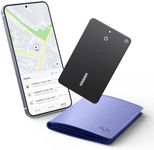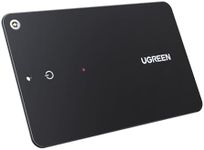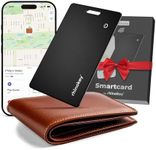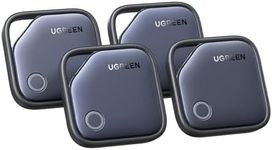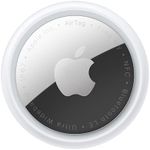Buying Guide for the Best Wallet Trackers
Wallet trackers are small devices that help you keep track of your wallet's location, ensuring you never lose it again. These devices use various technologies to communicate with your smartphone or other devices, allowing you to locate your wallet quickly and easily. When choosing a wallet tracker, it's important to consider several key specifications to ensure you select the best one for your needs. Here are the key specs to look out for and how to navigate them.Tracking TechnologyTracking technology refers to the method the wallet tracker uses to locate your wallet. Common technologies include Bluetooth, GPS, and RFID. Bluetooth trackers are great for short-range tracking, typically within 100-200 feet, and are ideal for everyday use. GPS trackers offer long-range tracking and are suitable for those who travel frequently or need to track their wallet over larger distances. RFID trackers are less common but can be useful in specific scenarios where you need to track items within a very close range. Choose the technology based on how far you need to track your wallet and your typical usage scenarios.
Battery LifeBattery life indicates how long the wallet tracker can operate before needing a recharge or battery replacement. This is crucial because a tracker with a short battery life may not be reliable when you need it most. Battery life can range from a few months to several years. If you prefer a low-maintenance option, look for trackers with longer battery life or those with replaceable batteries. For those who don't mind recharging, a tracker with a shorter battery life but more features might be suitable. Consider how often you are willing to maintain the tracker when making your choice.
Size and DesignThe size and design of the wallet tracker are important for ensuring it fits comfortably in your wallet without adding bulk. Trackers come in various shapes and sizes, from slim cards to small keychain-like devices. If you have a slim wallet, opt for a thin, card-like tracker that can easily slip into a card slot. For larger wallets or those who don't mind a bit of extra bulk, a slightly thicker tracker might be acceptable. Choose a design that complements your wallet and fits your personal style.
RangeRange refers to the maximum distance over which the tracker can communicate with your smartphone or other devices. This is particularly important for Bluetooth trackers, which typically have a range of 100-200 feet. If you often misplace your wallet within your home or office, a shorter range might be sufficient. However, if you need to track your wallet over longer distances, consider a tracker with a greater range or one that uses GPS technology. Assess your typical usage scenarios to determine the appropriate range for your needs.
CompatibilityCompatibility refers to whether the wallet tracker can work with your smartphone or other devices. Most trackers are compatible with both iOS and Android devices, but it's important to check before purchasing. Ensure that the tracker you choose has a compatible app that works with your phone's operating system. Additionally, some trackers offer integration with smart home systems or virtual assistants, which can be a bonus if you use these technologies. Verify compatibility to ensure seamless operation with your existing devices.
Additional FeaturesAdditional features can enhance the functionality of your wallet tracker. Common features include two-way finding (where you can use your wallet to find your phone), separation alerts (notifications when you leave your wallet behind), and crowd GPS (using other users' devices to help locate your wallet). These features can add convenience and peace of mind. Consider which additional features are important to you and how they align with your lifestyle. For example, if you frequently forget your wallet, separation alerts might be particularly useful.
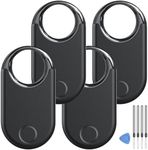
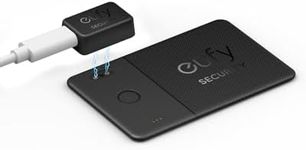




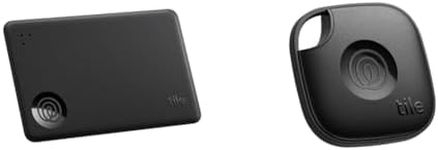
![[Apple MFi Certified] LBPRT Airtag](https://images-proxy.bestreviews.guide/48duP9ITMpb66Iu43RMxD7joIT0=/0x150/https://m.media-amazon.com/images/I/41fjqL9s1DL._AC_CX679_.jpg)
